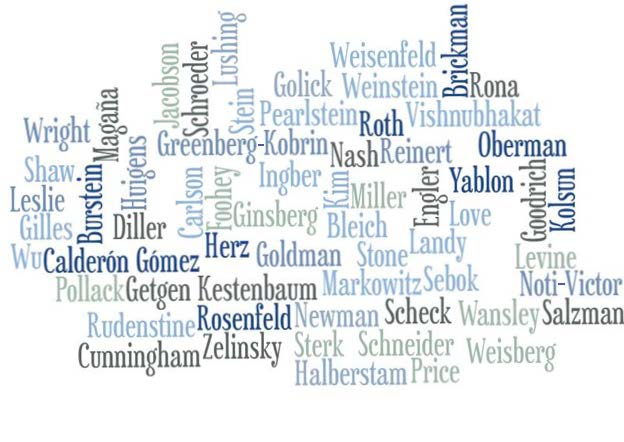Publication Date
2-2023
Journal
California Law Review
Abstract
Qualified immunity has faced trenchant criticism for decades, but recent events have renewed focus on this powerful defense to liability for constitutional violations. This Article takes aim at the roots of the doctrine—fundamental errors that have never been excavated. First, this Article demonstrates that the Supreme Court’s qualified immunity jurisprudence is premised on a flawed application of a dubious canon of statutory construction—namely, that statutes in “derogation” of the common law should be strictly construed. Applying the Derogation Canon, the Court has held that 42 U.S.C. § 1983’s silence regarding immunity should be taken as an implicit adoption of common law immunity defenses. As this Article shows, the Derogation Canon has no appropriate role to play in interpreting Section 1983. Courts and scholars have called it into question for more than a century. Even when courts have applied the canon, they have used it to disfavor displacement of common law claims, not common law defenses. And the Derogation Canon operates in inherent tension with a contrary canon: remedial statutes, like Section 1983, should be given a broad reading.
This Article also identifies a second significant failing in the Court’s qualified immunity law. For even if the Derogation Canon validly applied to defenses, the Reconstruction Congress that passed Section 1983 meant to explicitly displace common law immunities. Most critically, scholars and courts have overlooked the importance of the originally enacted version of Section 1983, which contained a provision that specifically disapproved of any state law limitations on the new cause of action. For unknown reasons, that provision was not included by the Reviser of the Federal Statutes in the first compilation of federal law in 1874. This Article is the first to demonstrate the implications of the lost text of Section 1983.
Taken together, these twin insights show that the problems with the Court’s immunity doctrine run deeper than prior scholarly criticism has imagined. Much of current qualified immunity scholarship has addressed, in compelling fashion, how the Court has taken the immunity doctrine too far from its common law origins. But this Article shows that qualified immunity is flawed from the ground up. In other words, the problem with current qualified immunity doctrine is not just that it departs from the common law immunity that existed in 1871. The Court has failed to grapple with the strong arguments that no immunity doctrine at all should apply in Section 1983 actions.
Volume
111
First Page
201
Publisher
UC Berkeley School of Law
Keywords
qualified immunity, derogation, common-law, civil rights, Section 1983
Disciplines
Civil Rights and Discrimination | Constitutional Law | Law | Legal History | Litigation
Recommended Citation
Alexander A. Reinert,
Qualified Immunity’s Flawed Foundation,
111
Calif. L. Rev.
201
(2023).
https://larc.cardozo.yu.edu/faculty-articles/566
Included in
Civil Rights and Discrimination Commons, Constitutional Law Commons, Legal History Commons, Litigation Commons


